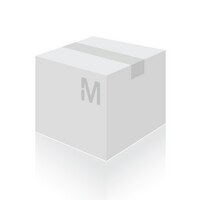205605 Sigma-AldrichAnti-N-Cadherin Rat mAb (NCD-2)
Produits recommandés
Aperçu
| Replacement Information |
|---|
Tableau de caractéristiques principal
| Host |
|---|
| R |
| Product Information | |
|---|---|
| Form | Lyophilized |
| Formulation | Lyophilized from 10 mM PBS, 1% BSA, pH 7.4. |
| Biological Information | |
|---|---|
| Immunogen | nervous tissue of chick embryos |
| Immunogen | Chick Embryo |
| Clone | NCD-2 |
| Host | Rat |
| Isotype | IgG2a |
| Physicochemical Information |
|---|
| Dimensions |
|---|
| Materials Information |
|---|
| Toxicological Information |
|---|
| Safety Information according to GHS |
|---|
| Safety Information |
|---|
| Product Usage Statements |
|---|
| Packaging Information |
|---|
| Transport Information |
|---|
| Supplemental Information |
|---|
| Specifications |
|---|
| Global Trade Item Number | |
|---|---|
| Référence | GTIN |
| 205605 | 0 |
Documentation
Anti-N-Cadherin Rat mAb (NCD-2) Certificats d'analyse
| Titre | Numéro de lot |
|---|---|
| 205605 |
Références bibliographiques
| Aperçu de la référence bibliographique |
|---|
| Takeichi, M. 1991. Science 251, 1451. Fujimori, T., et al. 1990. Development 110, 97. Hatta, K., et al. 1988. J. Cell Biol. 106, 873. Matsunaga, M., et al. 1988. Neuron 1, 289. Takeichi, M. 1988. Development 102, 639. Hatta, K., et al. 1987. Dev. Biol. 120, 215. Hatta, K., and Takeichi, M. 1986. Nature 320, 447. |






